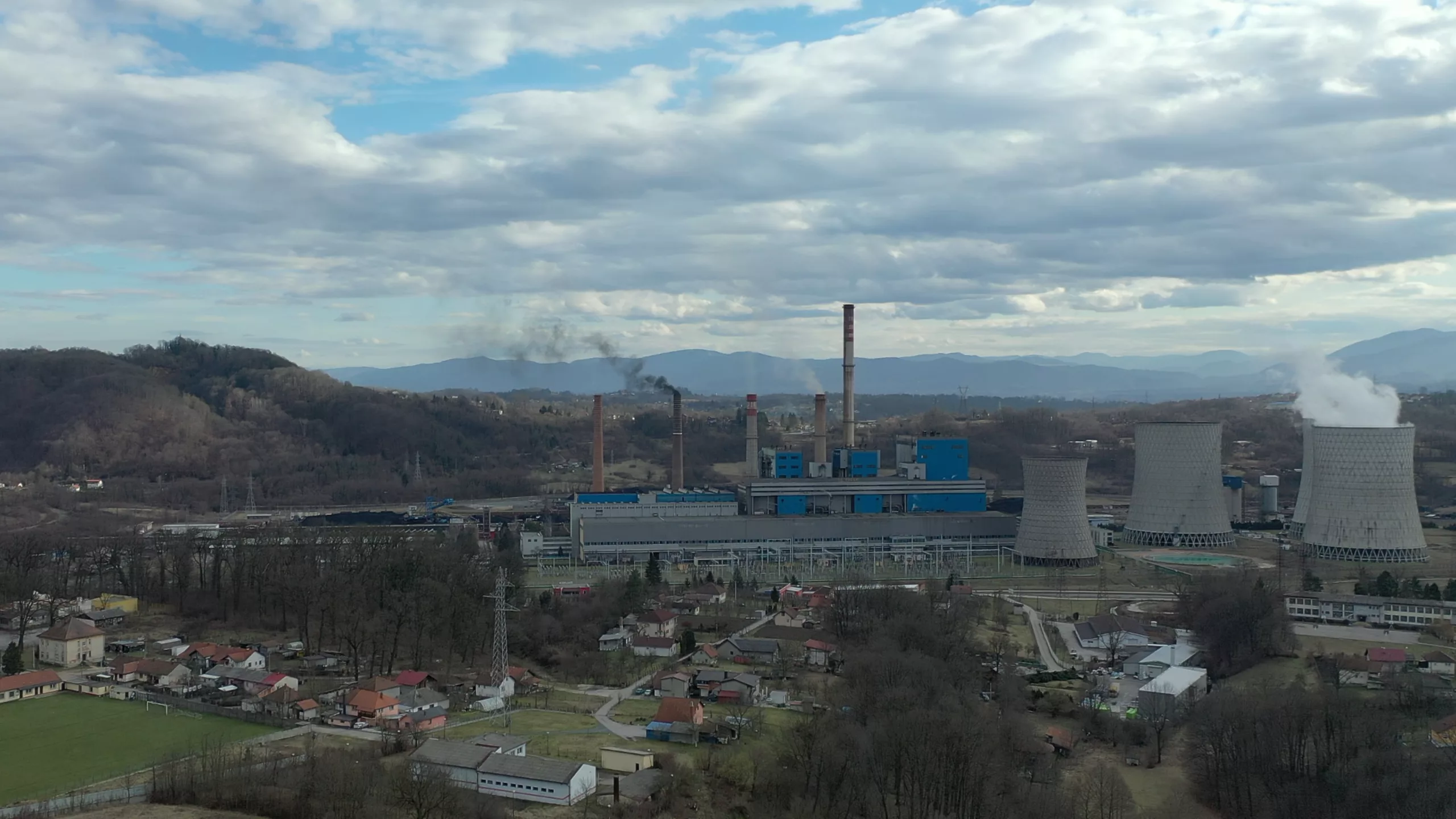SAGT – Strategic Approach to Green Transition
Drafting a green transition strategy and piloting measures for reducing pollution in Slovenia and Bosnia and Herzegovina.
Climate Policy Climate Strategies and Plans Municipalities

Project info
Bosnia and Herzegovina, Slovenia
12/23 - 11/25
Local governments, Private sector, General public
212,899.80 €
Contact info
Borut Jurišić
- BIT Centar Ltd
- City of Tuzla
Background
The city of Tuzla in Bosnia and Herzegovina is struggling with significant air pollution, mainly caused by a local coal-fired power plant, but also by other industries, traffic and coal-fired domestic heating. Reducing these emissions is not only the city’s goal, but also implements the EU’s Action Plan Towards a Zero Pollution for Air, Water and Soil, which is a key deliverable under the European Green Deal. In Tuzla, the first step towards reducing air pollution is to develop a municipal strategy to pave the way for the city’s green transition. However, the city administration has lacked the capacity to draft such a strategy.
Project
Maribor in Slovenia has already implemented a circular economy transition strategy. With this project, it has entered into a partnership with Tuzla to share its experience and know-how for developing a green transition strategy for the city of Tuzla with the aim of reducing pollution from three sources: industry, transport and heating.
Tuzla’s municipal employees acquire skills and tools for drafting, implementing and monitoring green strategies and learn about the policy mechanisms needed for a green transition. The project brings together the local public administration, industry, research and environmental organisations to contribute their expertise to the development of the strategy and foster cooperation on green issues.
Once adopted by the city council, the strategy will serve as a local framework and starting point for the city’s green transition.
In a pilot, public buildings’ energy consumption is digitally monitored to demonstrate how innovative technologies can reduce pollution and how the city can play its part.
Last update: July 2024
